
Hair loss treatments For Men
Hair loss, also known as alopecia, can be a distressing condition for both men and women. While some amount of hair loss is normal, excessive hair loss can be a sign of an underlying medical condition or may result from genetic factors, hormonal imbalances, stress, or other lifestyle factors. Fortunately, there are several effective hair loss treatments available. It's essential to consult with a healthcare professional or a dermatologist to determine the cause of your hair loss and the most appropriate treatment. Keep in mind that not all treatments work for everyone, and results can vary. Additionally, early intervention is often more effective in addressing hair loss, so seek treatment as soon as you notice the problem.
Hair loss treatments For Women
Hair loss in women can be attributed to various factors, including hormonal changes, genetics, medical conditions, or lifestyle factors. The appropriate treatment for hair loss in women depends on the underlying cause. This prescription medication is an androgen receptor blocker and anti-androgen. It is sometimes used off-label to treat female pattern hair loss, especially in cases where elevated androgen levels may contribute to hair thinning. While more commonly used in men, some women may be prescribed finasteride under the guidance of a healthcare professional. It works by inhibiting the action of the hormone dihydrotestosterone , which is associated with hair loss. The growth factors in PRP are believed to stimulate hair follicles, promoting hair growth.

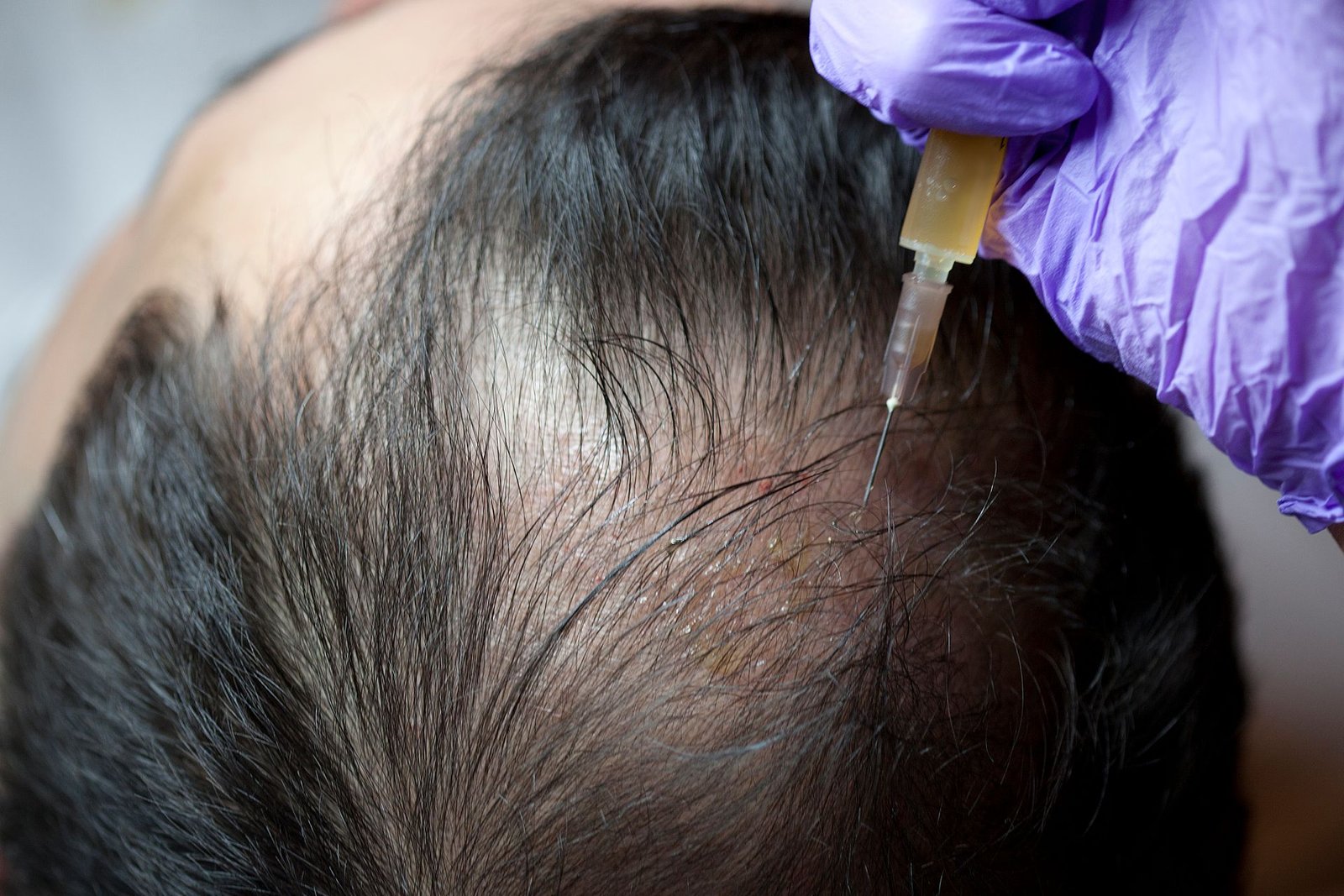
PRP Therapy
Platelet-Rich Plasma (PRP) therapy is a medical procedure that involves the use of a concentrated form of a patient's own blood to promote healing and tissue regeneration. PRP has been utilized in various medical fields, including orthopedics, dermatology, and aesthetics. In the context of hair loss, PRP therapy is often used to stimulate hair follicles and encourage hair growth. The blood is then processed in a centrifuge to separate the platelets and growth factors from other blood components. The resulting PRP is a concentrated solution containing a higher-than-normal number of platelets. Platelets contain growth factors and other proteins that a crucial role in tissue repair, regeneration, and healing. It may be considered for other types of hair loss, such as telogen effluvium or alopecia areata.
Mesotherapy Hair Loss Treatment
Mesotherapy is a non-surgical cosmetic treatment that involves injecting a mixture of vitamins, minerals, amino acids, and other active substances directly into the skin. It is used for various purposes, including the treatment of hair loss. Mesotherapy for hair loss is sometimes referred to as "mesohair" or "mesoscalp" treatment. Mesotherapy for hair loss involves injecting a customized cocktail of substances directly into the scalp using a very fine needle. The injections are targeted at the middle layer of the skin (mesoderm), where the active ingredients are believed to stimulate hair follicles. Mesotherapy solutions typically include vitamins (such as B vitamins), minerals, amino acids, and other nutrients that are thought to nourish and support hair follicles.
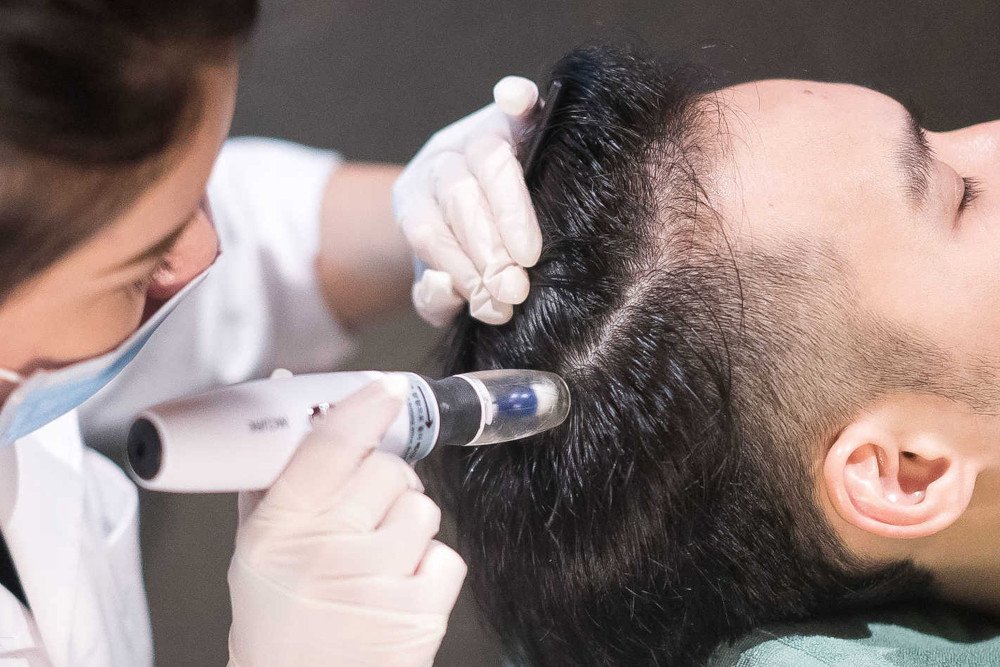
QR678
As of my last knowledge update in January 2022, QR678 is a hair treatment that has been developed and promoted as a potential solution for hair loss. It's important to note that new treatments and information may have emerged since then, and I recommend consulting with a healthcare professional or a specialist for the latest and most accurate information. QR678 is described as a proprietary formulation developed for the treatment of hair loss. It is claimed to be a result of extensive research in the field of hair growth and hair loss. The specific ingredients of QR678 may be proprietary, and details about the formulation might not be publicly disclosed. Some reports suggest that QR678 may contain growth factors and other bioactive substances.
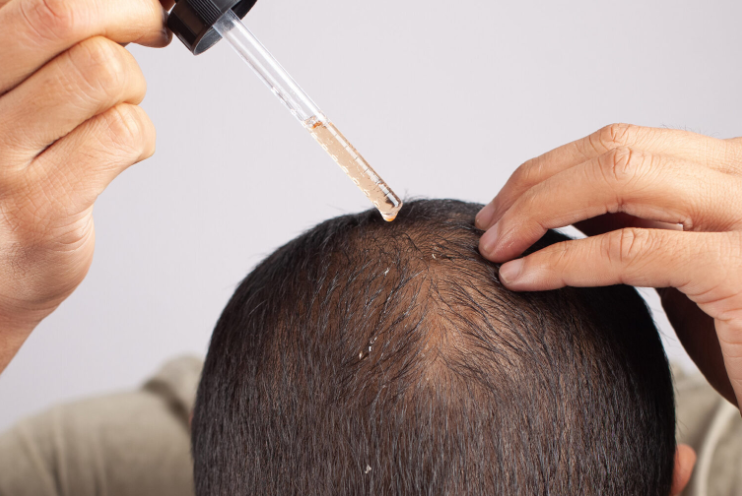
Microneedling
Microneedling, also known as collagen induction therapy, is a cosmetic procedure that involves using a device with fine needles to create controlled micro-injuries in the skin. These micro-injuries stimulate the body's natural wound healing processes, leading to increased collagen and elastin production. Microneedling is used to improve the appearance of various skin conditions, including acne scars, fine lines, wrinkles, stretch marks, and overall skin texture. Microneedling should be performed by a trained and licensed skincare professional or dermatologist to ensure safety and effectiveness. Before considering microneedling or any cosmetic procedure, it's advisable to consult with a qualified skincare professional to assess your skin's specific needs and determine the most appropriate treatment plan for you.
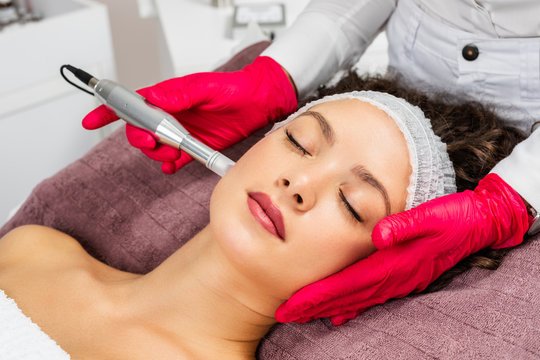
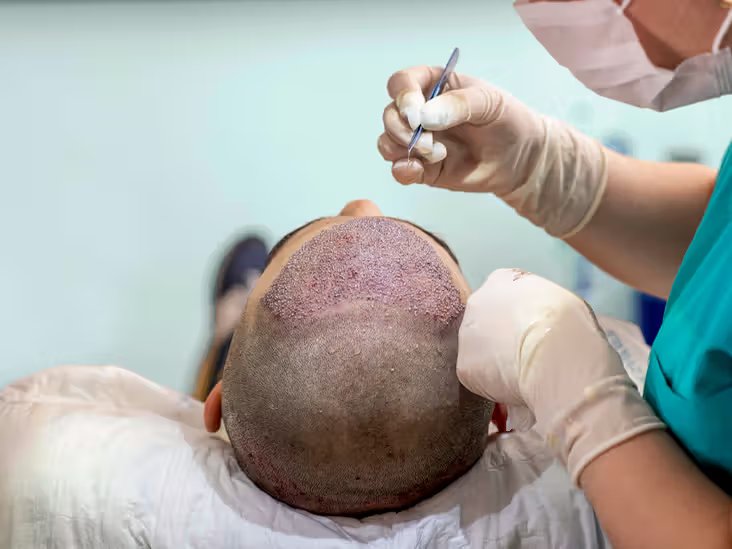
FUE (Hair Transplant)
Follicular Unit Extraction (FUE) is a popular surgical technique used for hair transplantation. It is a minimally invasive procedure that involves the extraction of individual hair follicles from a donor area (typically the back or sides of the scalp) and implanting them into the recipient area (where hair loss has occurred). FUE is known for its natural-looking results and shorter recovery time compared to traditional hair transplant methods. Before the FUE procedure, a consultation with a qualified hair transplant surgeon is essential. The surgeon will assess the patient's hair loss pattern, donor hair availability, and discuss realistic expectations. The donor area is typically the back or sides of the scalp, where hair follicles are genetically resistant to the hormone dihydrotestosterone (DHT) responsible for hair loss. The patient's hair is trimmed short in the donor area.